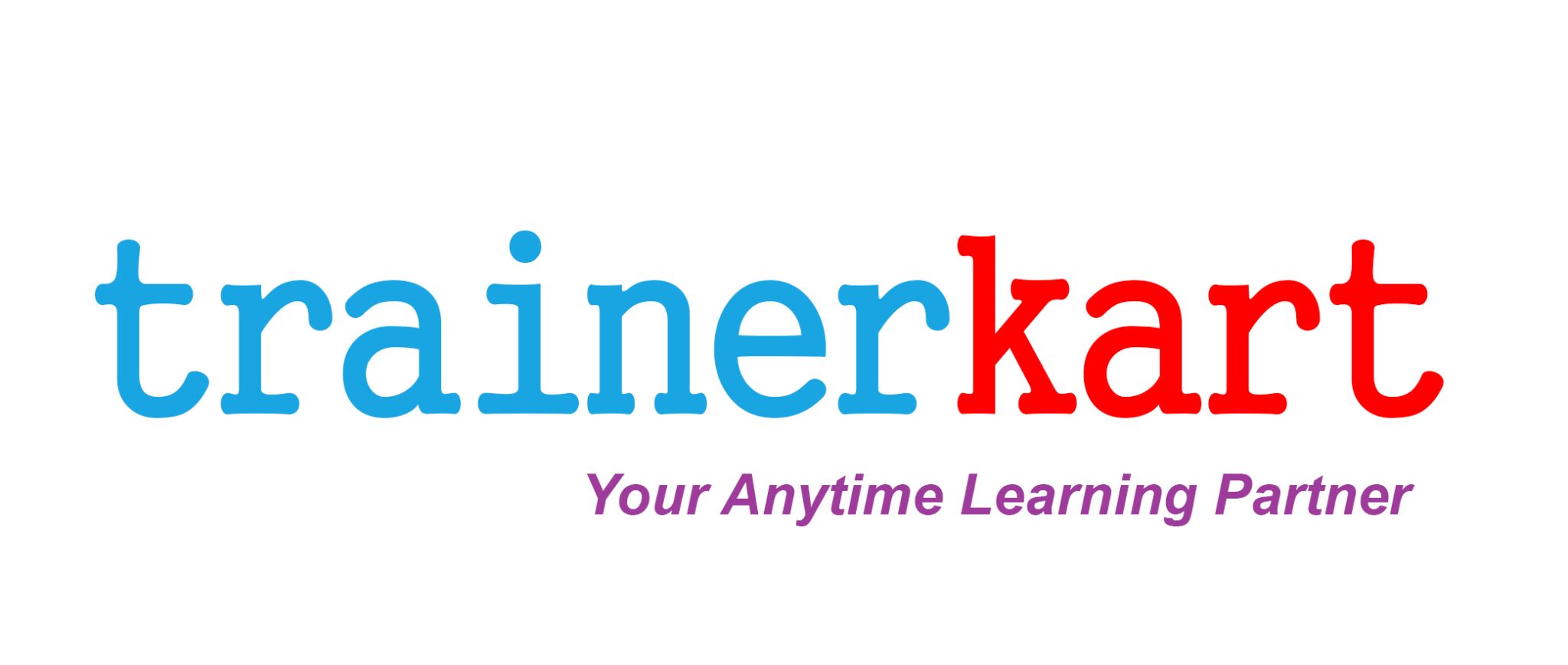Master organizational alignment to connect strategy with execution, ensuring every project and portfolio delivers measurable business value.
Learn the key differences between project vs program vs portfolio management, and how each contributes to delivering strategic business value.
Explore this detailed blog series on Project Management Fundamentals designed for aspiring and experienced PMs, especially those pursuing PMI certifications like PMP, CAPM, or PMI-ACP. From understanding what defines a project, setting clear objectives, managing constraints (scope, time, cost, quality, resources, risk), to navigating the Iron Triangle and making strategic trade-offs—each post offers real-world insights, easy-to-follow explanations, and practical guidance to strengthen your project management toolkit. Whether you’re leading your first project or refining your expertise, this series helps bridge theory and action in a way that’s relatable and certification-ready.
Projects rarely go exactly as planned. Successful project managers don’t just follow processes—they make smart decisions when trade-offs arise. Whether it’s sacrificing time to preserve quality or adjusting scope to meet a budget, understanding how to navigate competing constraints is the hallmark of project leadership.
While the Iron Triangle of Scope, Time, and Cost remains a cornerstone of project management, today’s complex projects demand a more expansive understanding of constraints. Quality, resources, and risk are critical variables that must be balanced and optimized to ensure project success—especially in dynamic, high-stakes environments.
The Iron Triangle, also known as the Triple Constraint, is one of the most fundamental and enduring models in project management. It serves as both a planning tool and a practical guide for navigating the inevitable trade-offs between scope, time, …
Every project operates within a set of constraints—whether it’s time, budget, scope, or people. These boundaries can make or break your project’s success. In this post, we explore six essential constraints that define how projects are executed in the real world, and how experienced project managers balance them to keep initiatives on track.
A project without clear objectives is like a ship without a compass—adrift and directionless. In this post, we explore how well-defined objectives form the backbone of project success, how to write them effectively, and what seasoned project managers do to align teams and stakeholders around them.
Understand what is a project and why clear project definition is essential for achieving success in project management and PMP certification.
Learn how to lead a multi-generational team effectively in today’s workplace. Discover practical strategies aligned with PMP, CAPM, and PMI-ACP certification standards to bridge generational gaps, enhance collaboration, and build inclusive, high-performing teams.
